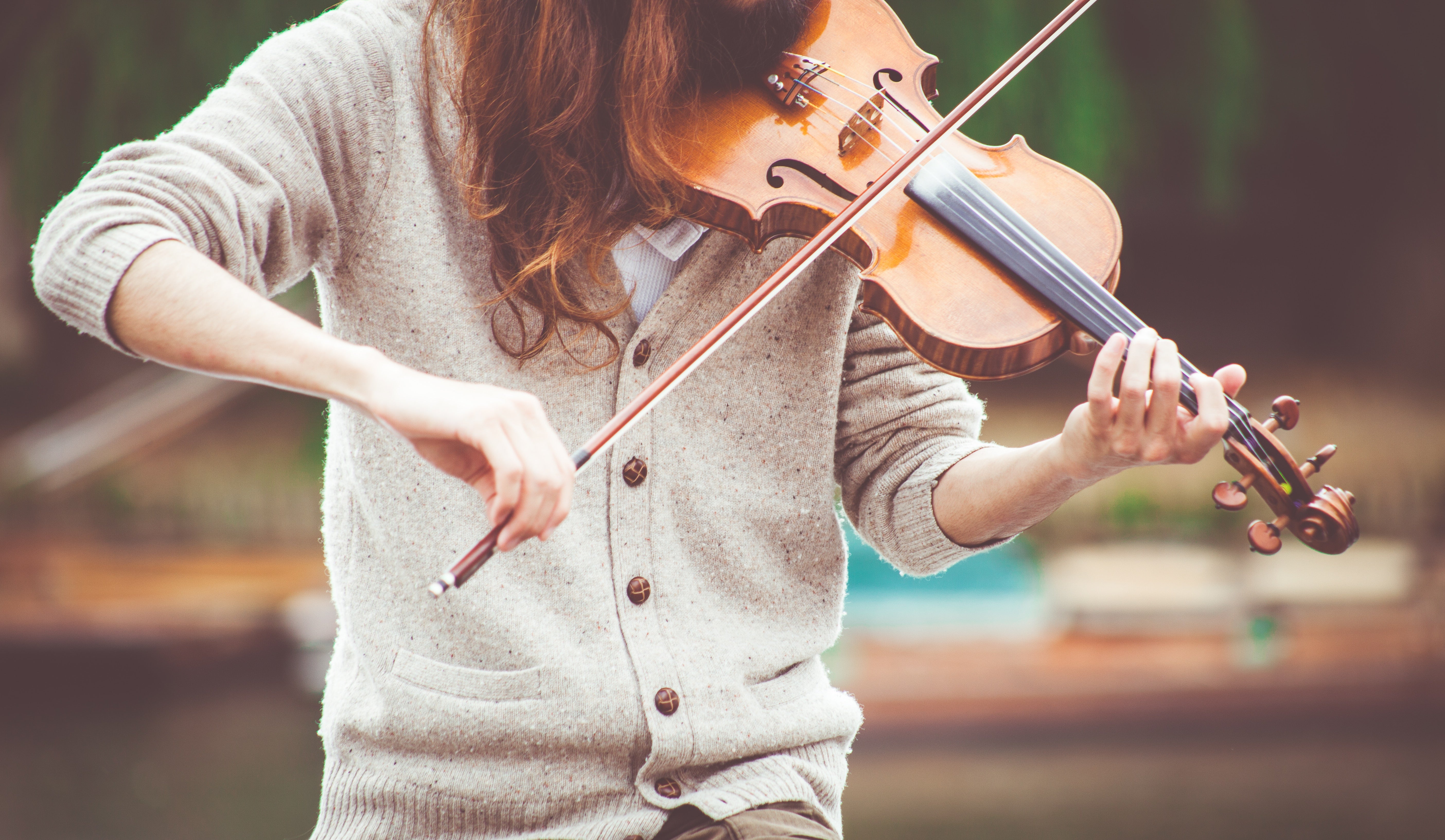When students begin their studies in violin or viola, it is common for them to utilize a sponge or other form of padding in lieu of a shoulder rest. As a player advances, and their knowledge of music widens, a musician is faced with choices on how to personalize their instrument to suit their music making. One area, which many hold a strong opinion on, is the shoulder rest.
Shoulder Rest Vs. Shoulder Pad
One of the most popular methods, for violinists and violists alike, is to use a standard shoulder rest, such as the Everest Collapsible Violin Shoulder Rest. This type of shoulder rest provides a high level of support and elevates the instrument to the chin of the player. Many prefer this shoulder rest due to its strength and consistency. Additionally, this shoulder rest is fully adjustable and collapsible, meaning it is adaptable to all players bodies and cases for storage!
The Pirastro KorfkerRest is one that may look similar to the Everest Collapsible Violin Shoulder Rest at first glance, but possesses several unique properties. Due to the low weight and use of rubber, it allows more sound to be generated by the instrument. When there is an abundance of rubber being attached to the instrument, it prevents the body of the instrument from vibrating, lowering the overall dynamic capabilities of the instrument. This shoulder rest is ideal for more advanced players, who want to extract the most sound out of their instrument as possible while still using a standard shoulder rest shape.
Additionally, another form of shoulder rest which has become increasingly more common in recent years, are ones along the lines of the Artino Magic Pad Pro Plus, or if you're feeling more adventurous, the Artino Magic Pad Stick On Shoulder Rest. This product is perfect for those who require less elevation of the instrument, but still desire an amount of padding. Using a cushion, like these shoulder rests, allows the instrument to mold around the shoulder of the musician, providing stability and comfort.
No Shoulder Rest?
Another way that some desire to play, is without a shoulder rest at all! Although this method is less common in modern practice, many violin masters of the past, such as Jascha Heifetz and Issac Stern, did not play with shoulder rests! They believed that the instrument should be an extension of the body, and that a shoulder rest was counterintuitive to reaching this goal.
Whichever direction you decide to go, know that there is no right or wrong answer! The body of each musician is different, and through experimentation and research, you can determine the fit that is right for you.
Article written by Erica Garcia



Leave a comment